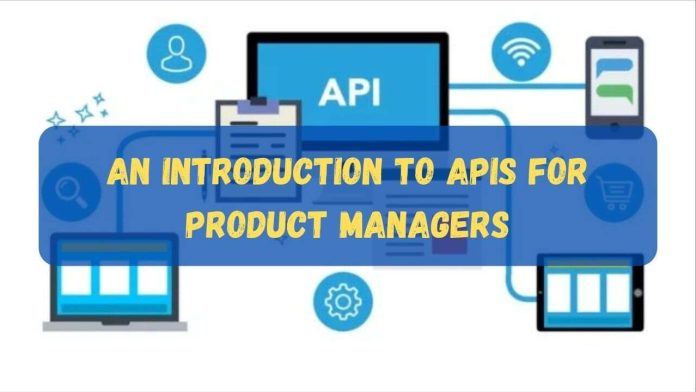Introduction
APIs are an important aspect of software development. They allow you to work with other people’s code and share your own code in a way that allows it to be used by other people. In this post, we’ll explain what APIs are and how they work so that you can start using them yourself.
An application programming interface, or API, is an interface that allows a piece of software to talk to another piece of software. An application programming interface (API) is a set of functions, protocols, and tools for building software applications. It’s a way for one piece of software to talk to another piece of software.
APIs have been used by computer programmers since the 1950s, but they’ve recently become more widely known because APIs are the building blocks that support web services such as Google Maps and Twitter. These days you can use an API to share data between applications or create new applications that rely on other platforms’ databases and infrastructure.
There are two main types of APIs: 1) public APIs allow any application developer to access full functionality; 2) private APIs require permission from the owner and provide restricted access.
Apis Can Be Written in Any Language.
You don’t have to know how to write APIs in order to use them. If you’re a product manager and you want your team members who are experienced with building web applications and web services to use an API, they will be able to do so without having any knowledge of the API itself. This is because APIs are written in a variety of languages. Popular languages include JavaScript, Python, Ruby, and Java; but there are other options available too (like C#). Whichever language is used for an API doesn’t matter: if it has been published as a JSON-RESTful API on Github or another service like that, then anyone can simply access it through their browser or by typing the URL into their terminal window.
In my experience working with multiple companies over the past few years—from small startups all the way up through large enterprises—I’ve found that one of the most common reasons why companies fail at being more agile is because they rely heavily on manual processes instead of automation tools like APIs which remove much of these headaches from our daily lives.
Like Servers, Apis Need a Special Program That Knows How to Handle the Requests They Receive. This Program is Called a Web Server
Like servers, APIs need a special program that knows how to handle the requests they receive. This program is called a web server. Web servers are responsible for serving up the HTML, CSS, and JavaScript files that make up a web page – as well as other types of files, such as images, sounds, and videos.
Web servers can be either standalone programs or part of your operating system’s network stack (like Microsoft Windows Server). They can also live on the same machine as their backend API (e.g., Google App Engine) or in separate computer systems all running on different networks connected via the Internet (e.g., Amazon EC2).
There Are Many Public APIs You Can Start Exploring.
There are a number of public APIs that you can start exploring. A few examples are:
- Google Maps API
- Twitter API
- Facebook Graph API
- Youtube Data API
- fxapi
In Addition to Data, Some APIs Also Allow You to Interact With Other Programs.
In addition to data, some APIs also allow you to interact with other programs. This can be especially useful when it comes to building your own programs or making existing ones do new things. You can use an API to make an app talk to another program or system, like a database or chatbot management platform—for example, if your product has a service bot that helps customers find their next pair of shoes, you could use the Shopify eCommerce platform’s API (Application Programming Interface) so that the service bot can communicate directly with Shopify’s systems and get information about what sizes are available for each product in stock at any given time.
You can also use APIs as part of your development process: once you build something using an existing API instead of building everything on your own, there’s less work involved when it comes time for updates because other people have already done most of the heavy lifting.
Everyone Should Know What APIs Are!
If you’re not a developer, then it can be helpful to understand what an API is. The acronym stands for an application programming interface. It’s a way of interacting with another application or service through a technical framework and published specifications.
For example, if you want to share your location with another person or app via text message (like when driving directions are sent to your phone), then the developer who built that application would have included an API—the rules or guidelines describing how the software works in order for other developers and organizations to use it effectively—for integrating with Google Maps.
When Amazon Web Services (AWS) launched in 2006, its goal was to provide cloud computing services that allow anyone to build applications without worrying about infrastructure issues like servers hosting data centers or security concerns related confidentiality of the information stored on those servers. To achieve this goal, AWS created APIs so other companies could use technology such as EC2 & S3 which help manage their own operations while still benefiting from AWS’ core services such as load balancing between multiple EC2 instances running different parts of one application’s codebase across multiple availability zones within one region served by one CloudFront distribution point).
Conclusion
There is a huge amount of information on the internet about APIs and web scraping, so take some time to explore! This will help you understand how they work, as well as what they are capable of doing.
